Leak Detection Services
Municipal, Industrial, and Residential
GPRS is the nation’s largest provider of above and below-ground infrastructure visualization services, including pinpoint leak detection. Our 500-strong national team of Project Managers also provide concrete scanning, video pipe inspection, 3D laser scanning, virtual tours, drone imagery, mapping & modeling, along with leak detection services. Municipalities, utilities, and industrial facilities rely on leak detection services to maintain efficient, safe water distribution within fire protection systems and a domestic supply network.
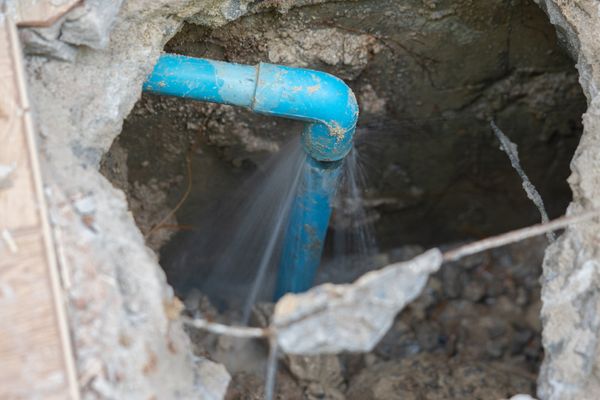
Leak Detection Services
Leak Detection Services
The effects of severe leaks may be seen underground, where soil can be eroded, voids can form, and buildings can be compromised without any water ever reaching the surface. Water leaks can get so severe that entire cities begin to crumble and sink above the ground. One such case of a sinking city is Mexico City.
Leak detection is our specialty, including municipal, industrial, and residential leaks. In addition to locating your leak, our Leak Detection Project Managers can provide many other insights into your water distribution system. With GPRS, every locate job also gives you access to your data in a new and exciting way- through SiteMap® (patent pending), our premier digital mapping platform. SiteMap® allows you to experience your data like you never have before: through aggregated interactive maps that require no extra training to understand, and can be accessed via your favorite device 24/7.
According to the EPA, the average household's water leaks can account for more than 10,000 gallons of water wasted every year, or the amount of water needed to wash 270 loads of laundry. Household leaks can waste more than 1 trillion gallons annually nationwide. That's equal to the annual household water use of more than 11 million homes! Those numbers demonstrate the need for municipalities to find large-scale non-revenue water (NRW) solutions. That solution is GPRS.
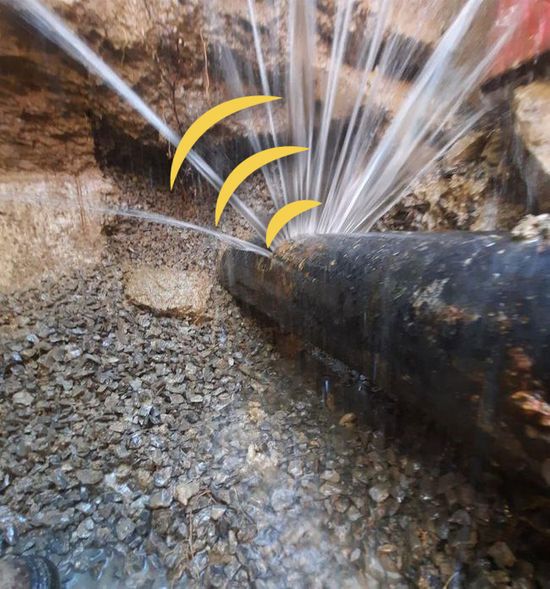
Acoustic Leak Detection
How are Leaks Detected?
Acoustic Leak Detection
GPRS Project Managers are experts in acoustic leak detection for pressurized water lines. They use specialized microphones, headphones, and control units, as well as other complementary technologies to pinpoint water leaks by listening to amplified sound waves in a wide variety of pipe materials.
Understanding acoustics is essential to understanding how acoustic leak detection works. Acoustics is the study of how sound is transmitted and reflected through buildings, rooms, and objects. Sound is generated by vibration. Vibrations happen when an object moves quickly back and forth. A ringing bell vibrates and moves the surrounding air, creating sound. It then propagates the sound outwards. A vibration with more energy produces a louder sound. The bell's sound is reflected in waves. Sound waves can move through solids, water, and air.
Sound waves travel differently through different types of matter. Close particles transfer sound energy more efficiently. As a result, liquids and air transfer sound much more slowly. Consequently, the speed of sound varies, especially in gasses.
As an object vibrates, the matter around it vibrates as well. The sound of the bell travels through the air and the ground in all directions.
A leaky pipe has the same properties as a bell ringing. A pressurized water pipe produces a lot of energy to transmit that sound. When a pipe leaks, the water that pushes through the compromised material causes it to vibrate. Vibrations are audible to sensitive audio equipment, and the highly trained ears of a Leak Detection Project Manager can filter out the background noise to zero-in on the leak.
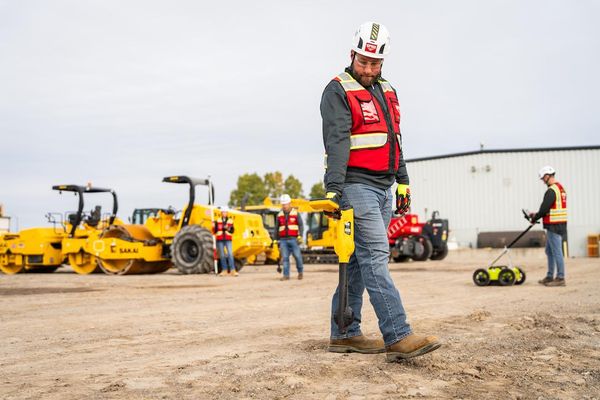
Ground Penetrating Radar
Ground Penetrating Radar
The tool our company was founded on, it’s even in our name! We use GPR in concert with other complementary technologies, to identify buried objects and underground utilities. Our Project Managers provide 99.8% accurate field-verified utility maps, delivered via SiteMap®, PDF & .KMZ files to all GPRS customers.
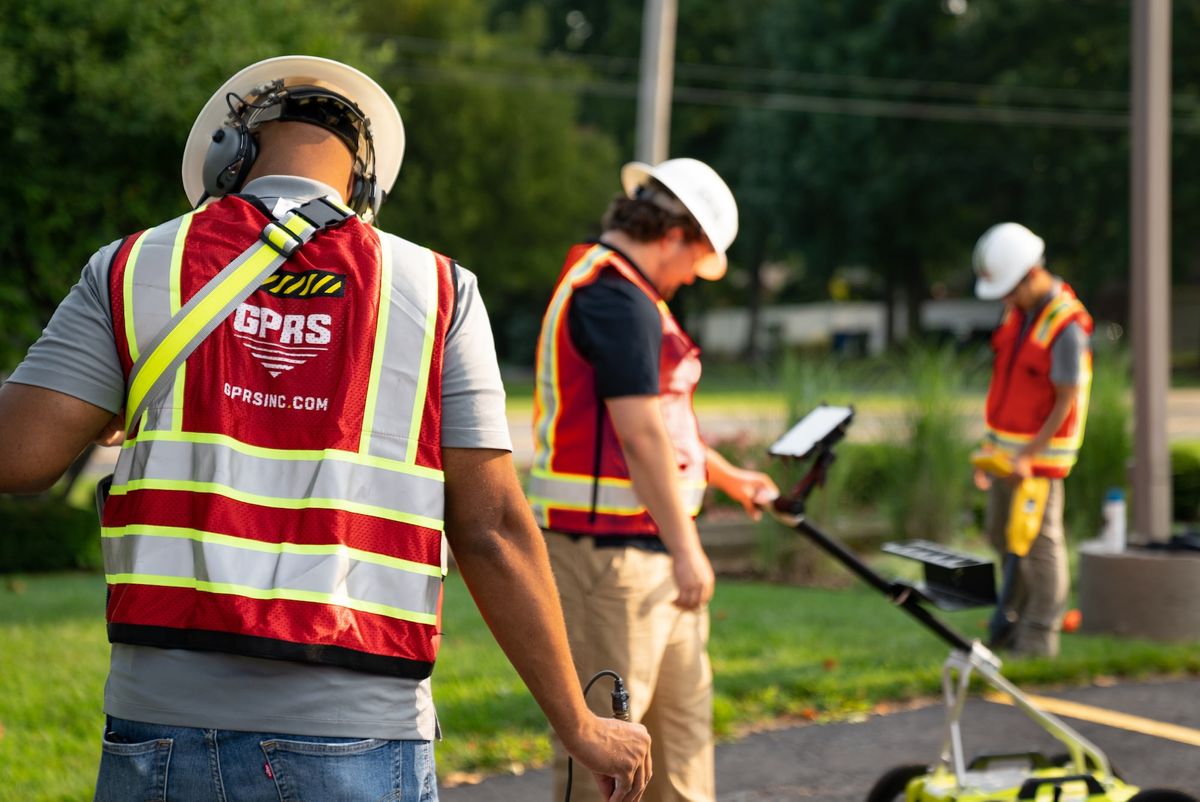
The leak detection specialist taking acoustic readings to locate the leak inside
EM Locating
Electromagnetic (EM) locators are preferred by One Call contractors to locate public utility lines. GPRS utilizes them with GPR and other advanced technologies. We use these as part of our Subsurface Investigation Methodology (SIM) process to detect live AC power or radio signals along conductive utilities.
A leaky pipe has the same properties as a bell ringing. When a pipe leaks, the water that pushes through the compromised material causes it to vibrate. Vibrations are audible to sensitive audio equipment.
A metal pipe, such as cast iron/ductile mains, small copper service lines, or steel pipe, transmits the sound of a water leak over a longer distance than a PVC or asbestos-cement pipe. PVC pipes transmit minimal sound. The leak detection specialist taking acoustic readings to locate the leak inside a PVC system typically requires more readings to pinpoint its location.
In addition, the size and material of the pipe must be considered. Regardless of their material, small diameter pipes are more likely to transmit more sound than large diameter pipes. The frequencies transmitted by large diameter pipes are lower than those conveyed by small diameter pipes.
Why Should You Choose Us for Leak Detection?
Our leak detection specialists have been trained and mentored to assess every situation possible, placing safety above all.
GPRS leak detection Project Managers are the best in the business because they can pinpoint a pressurized water line leak, so you know exactly where to dig to fix it. Because they’re trained in SIM, your GPRS Project Manager can do more than find a leak. They are an elite consultant and an expert in deploying multiple technologies to provide you with comprehensive, 99.8%+ accurate subsurface utility data. Our Project Managers know how to find every buried utility line surrounding your water line to make sure when you dig, you dig safely.
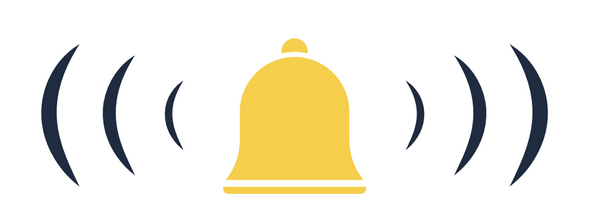
Leak Noise Correlators
These algorithm-powered tools utilize radio waves via a dual sensor system to process and digitally display leak vibrations that correlate to potential pressurized water system leaks. It is used in concert with acoustic devices to provide pinpoint leak detection in pressurized water and fire suppression infrastructure.
A leak detection correlator works similarly to an acoustic leak detector, but they complete this process differently. Unlike acoustic leak detectors, leak noise correlators detect vibrations using a computer rather than listening to the frequencies.
The sensors are placed on both sides of the pipe, and they send information back and forth over radio signals. The central control unit displays the location of each suspected leak using an automated process when there are detected anomalies. This data is then compared with mathematical algorithms designed for the particular noise profile of the pipe being tested, determining where the leak originates between each sensor.
For leak correlators to detect leaks accurately, they need information about the material the leak sound travels through. The user enters pipe size, type, and distance between each logger. Calculations can be done based on the sound speed for standard pipe sizes.
A leak detection correlator works similarly to an acoustic leak detector, but they complete this process differently. Unlike acoustic leak detectors, leak noise correlators detect vibrations using a computer rather than listening to the frequencies.
The sensors are placed on both sides of the pipe, and they send information back and forth over radio signals. The central control unit displays the location of each suspected leak using an automated process when there are detected anomalies. This data is then compared with mathematical algorithms designed for the particular noise profile of the pipe being tested, determining where the leak originates between each sensor.
For leak correlators to detect leaks accurately, they need information about the material the leak sound travels through. The user enters pipe size, type, and distance between each logger. Calculations can be done based on the sound speed for standard pipe sizes.
Sound levels and frequencies provide additional information about the leak, including its size and severity and if it occurs in a pipe, valve, hydrant, or service line. First, leaks are detected and then, if found, targeted for repair. The leak detection specialists map out the leaks using the leak detection correlators and then utilize acoustic leak detection equipment to pinpoint the leaks more accurately.

Routine Water Loss Surveys
As with anything, having frequent check ups helps keep systems running properly and without any surprises. The subsurface contains a lot of surprises, both good and bad. Because there is so very much below our feet, a lot can happen, and a lot can go unnoticed until it's too late. Forgotten or abandoned pipes, unexpected lead service lines, and defects large and small cannot be seen (or heard) without the proper tools and training. That’s why GPRS highly recommends routine Water Loss Surveys to update your existing condition documentation, find new defects and leaks to better maintain your system, protect your water, your city, and your community. Don’t wait until it’s too late, contact GPRS today.
Recommended for all water systems
Utilizes acoustic leak detection and leak noise correlators to evaluate areas of concern
Finds leaks even when no water has surfaced
Your Project Manager can accurately map any pressurized water system, fire loop, or sanitary and storm sewer systems, and other utilities if needed, and provide you with complimentary CAD drawings or a .KMZ file, delivered via SiteMap®. Every GPRS customer receives a complimentary SiteMap® subscription as part of their package.
To learn more about our elite leak detection services, click here.
Don’t let a leak turn into a lake. Contact GPRS before it's too late.
